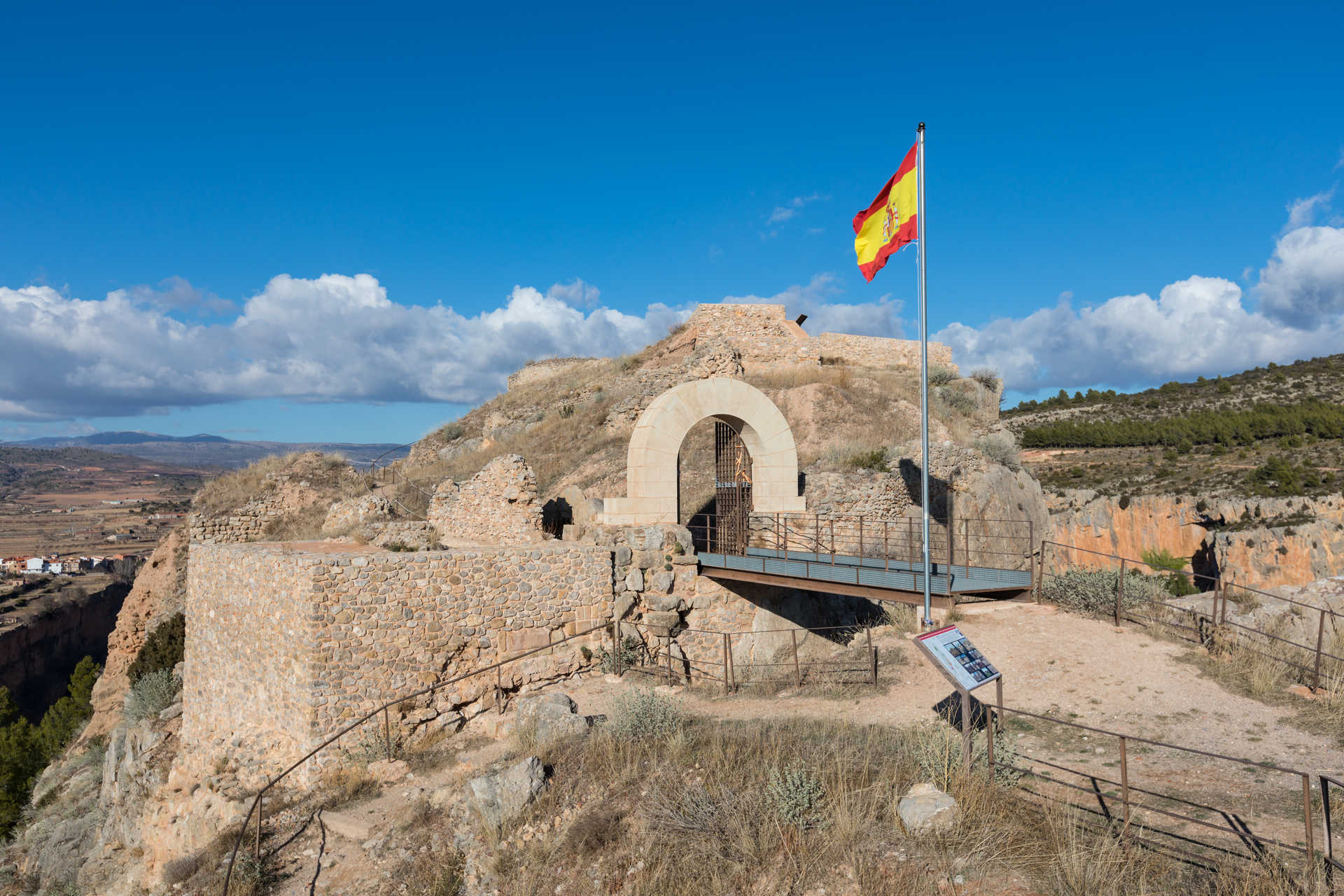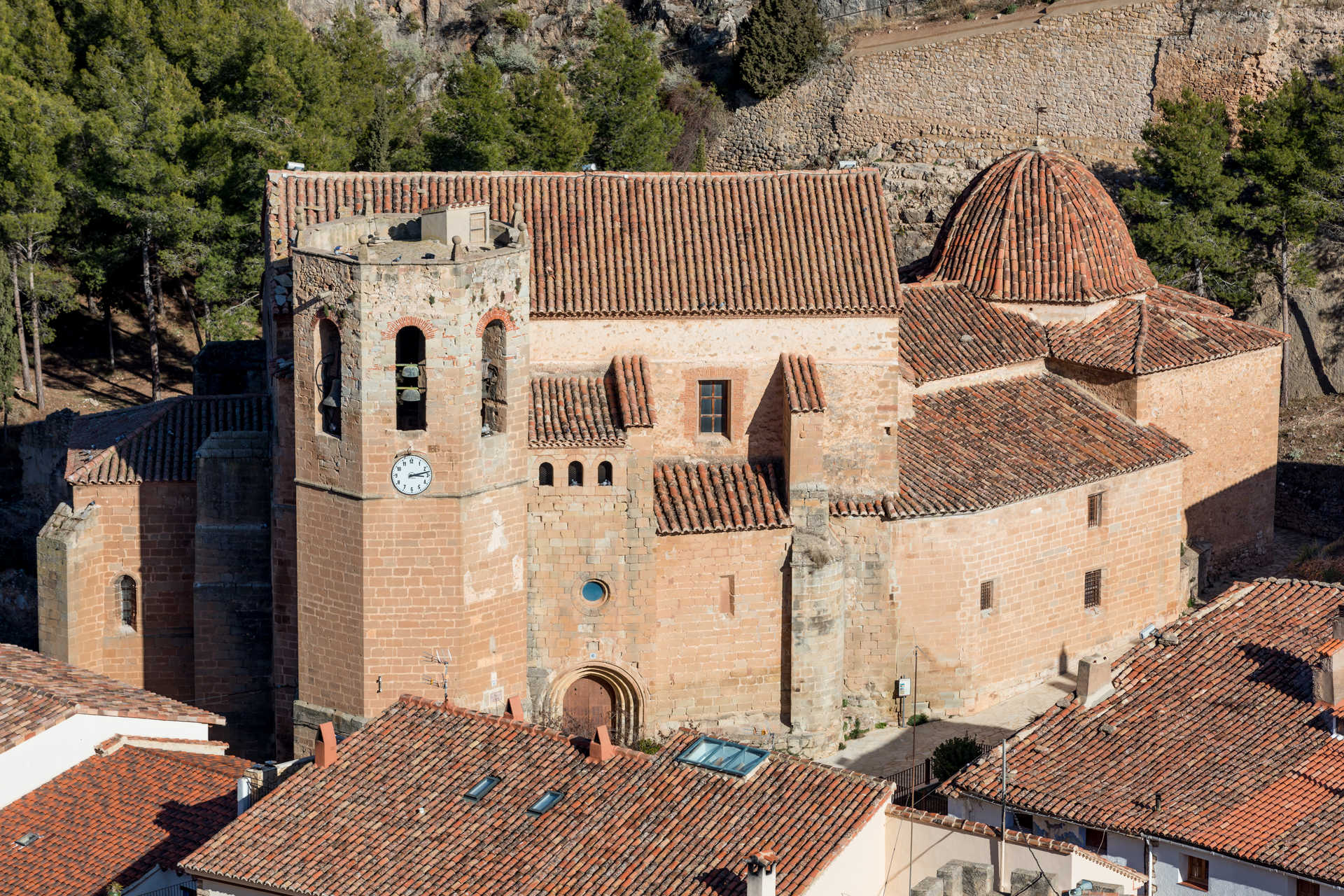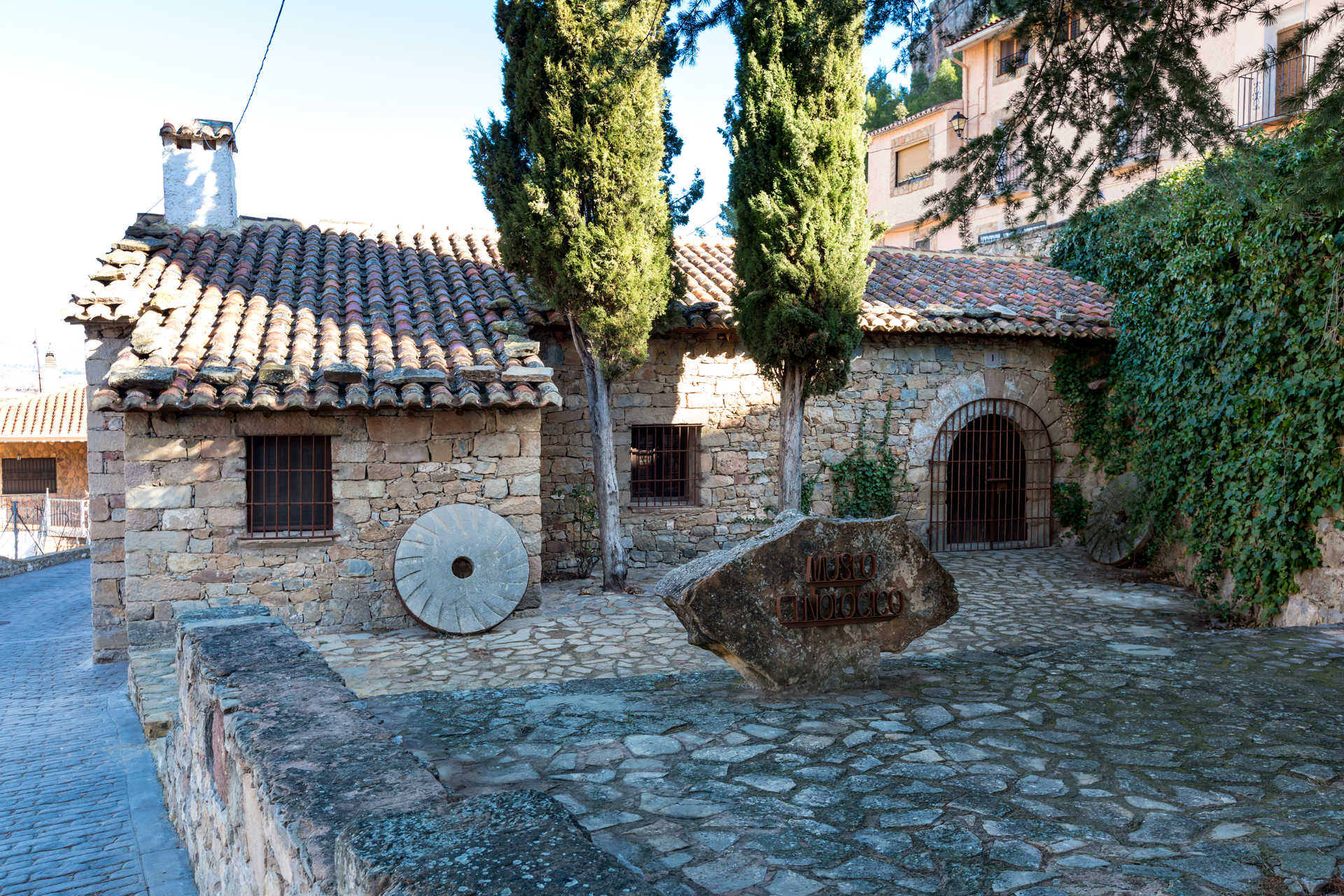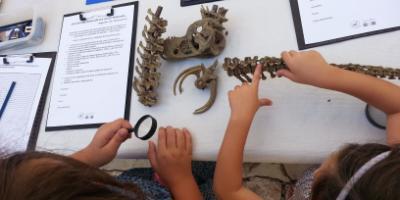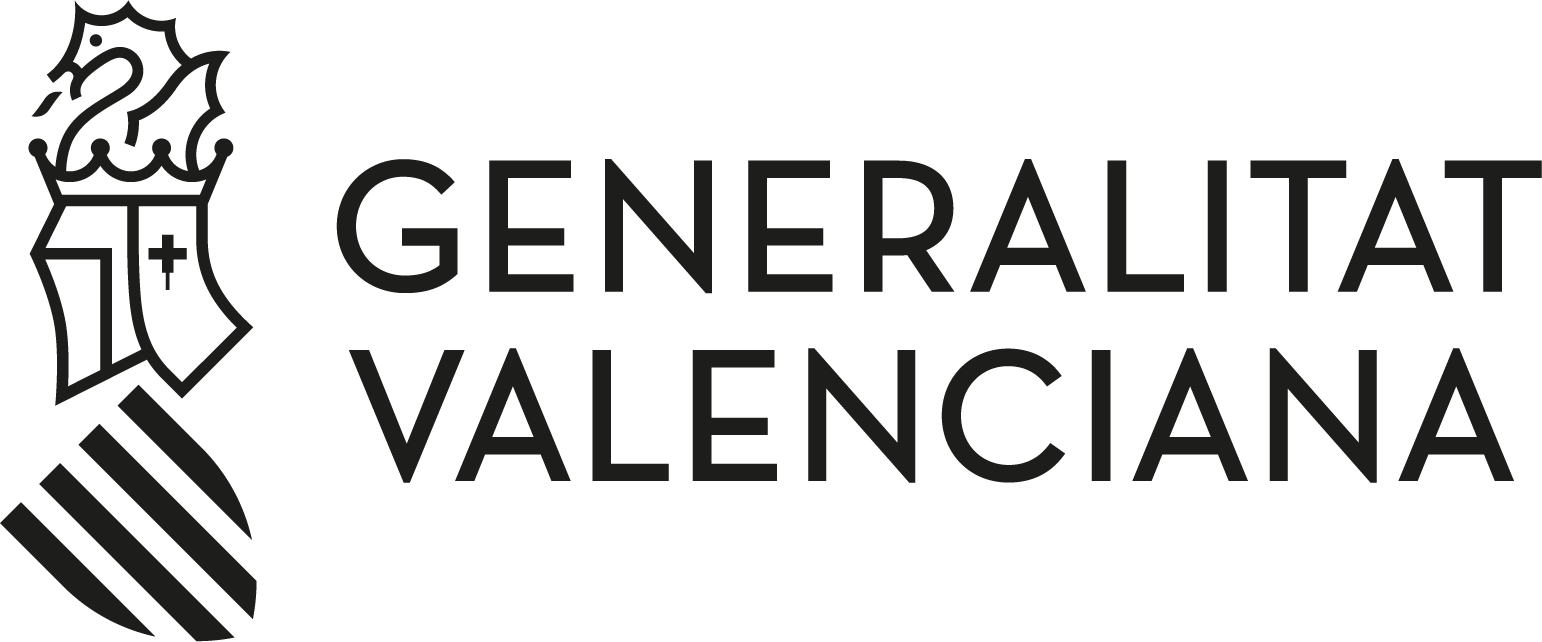MUSEO PALEONTOLÓGICO SANTA BÁRBARA (MUPAL)
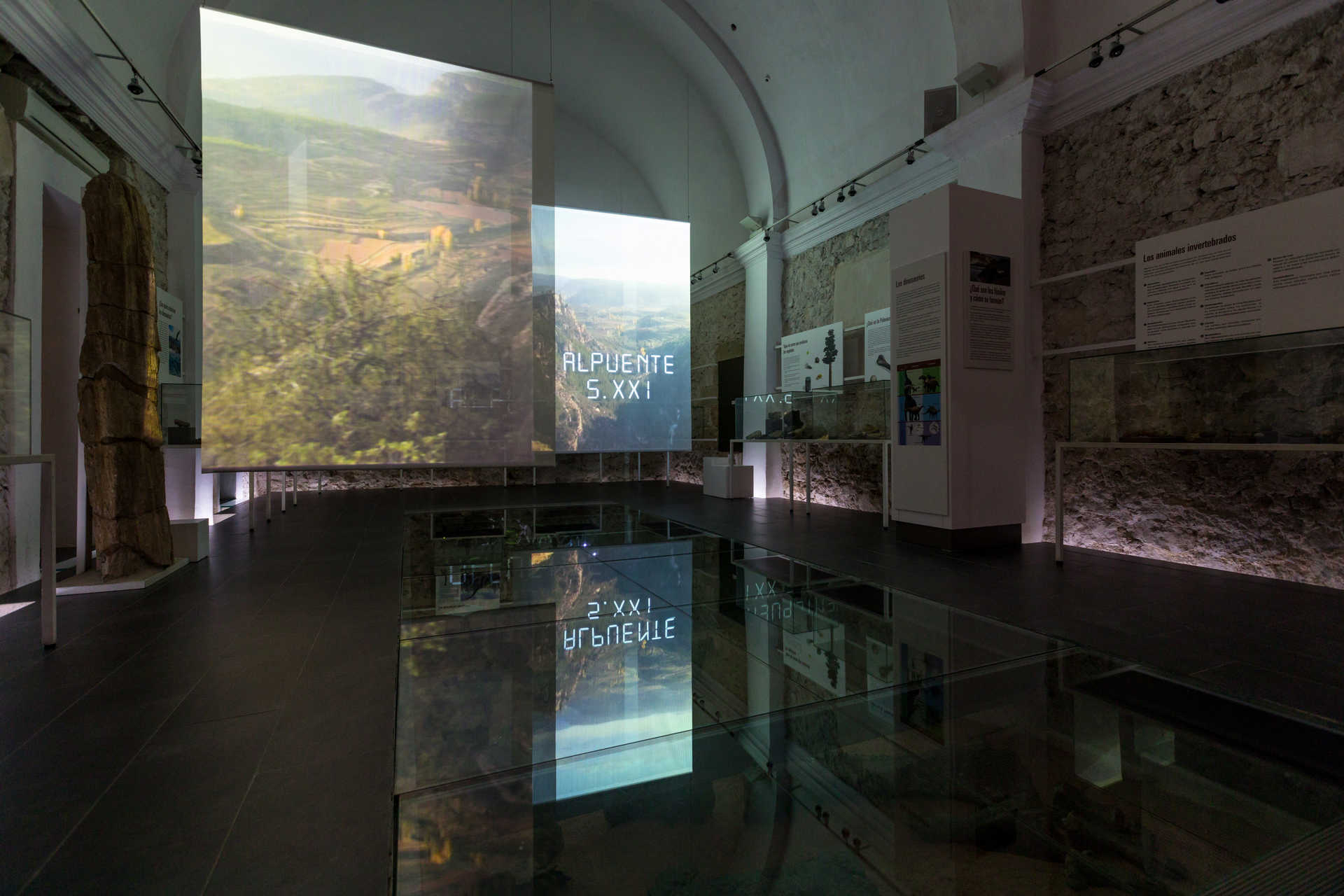
Multimedia Gallery
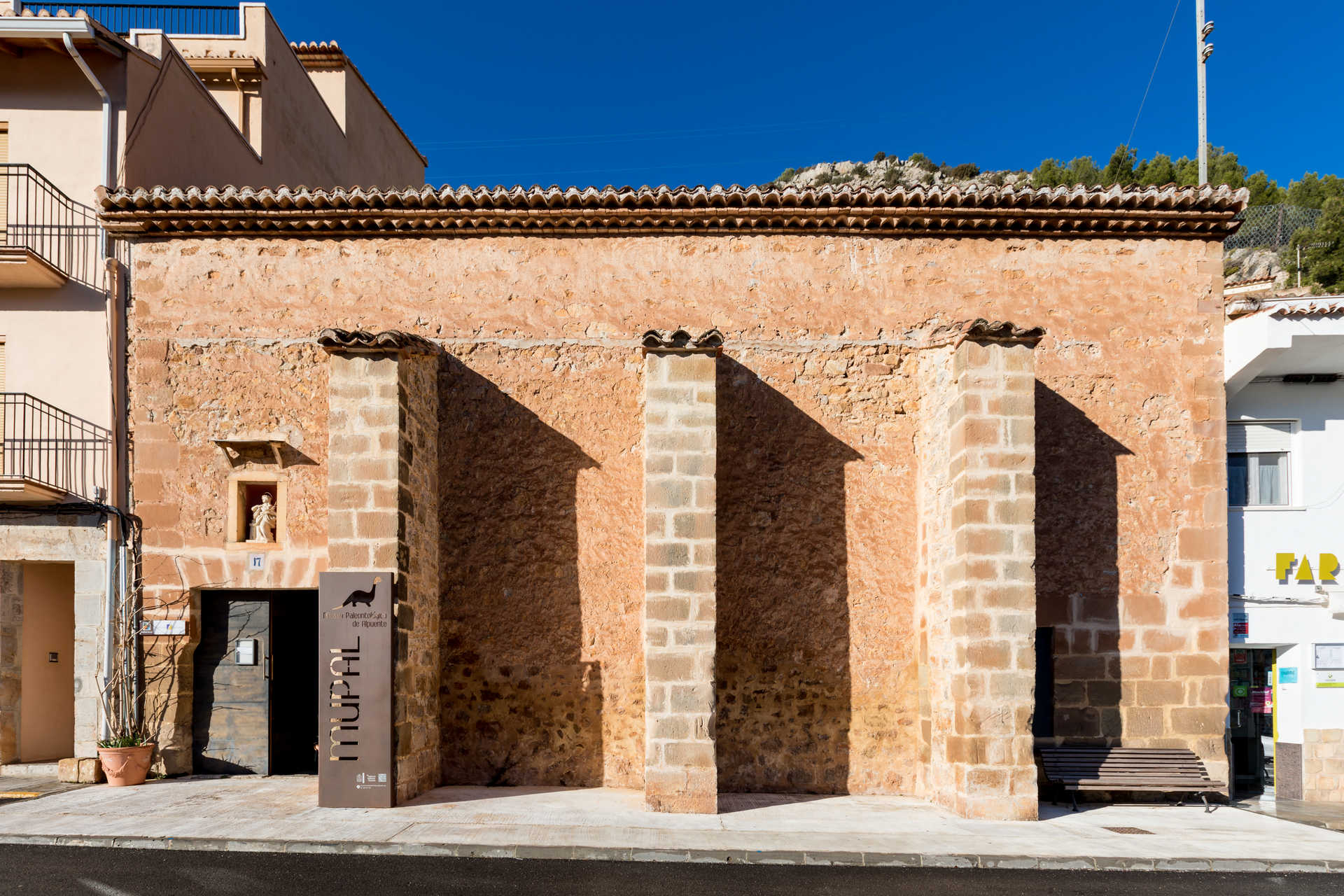

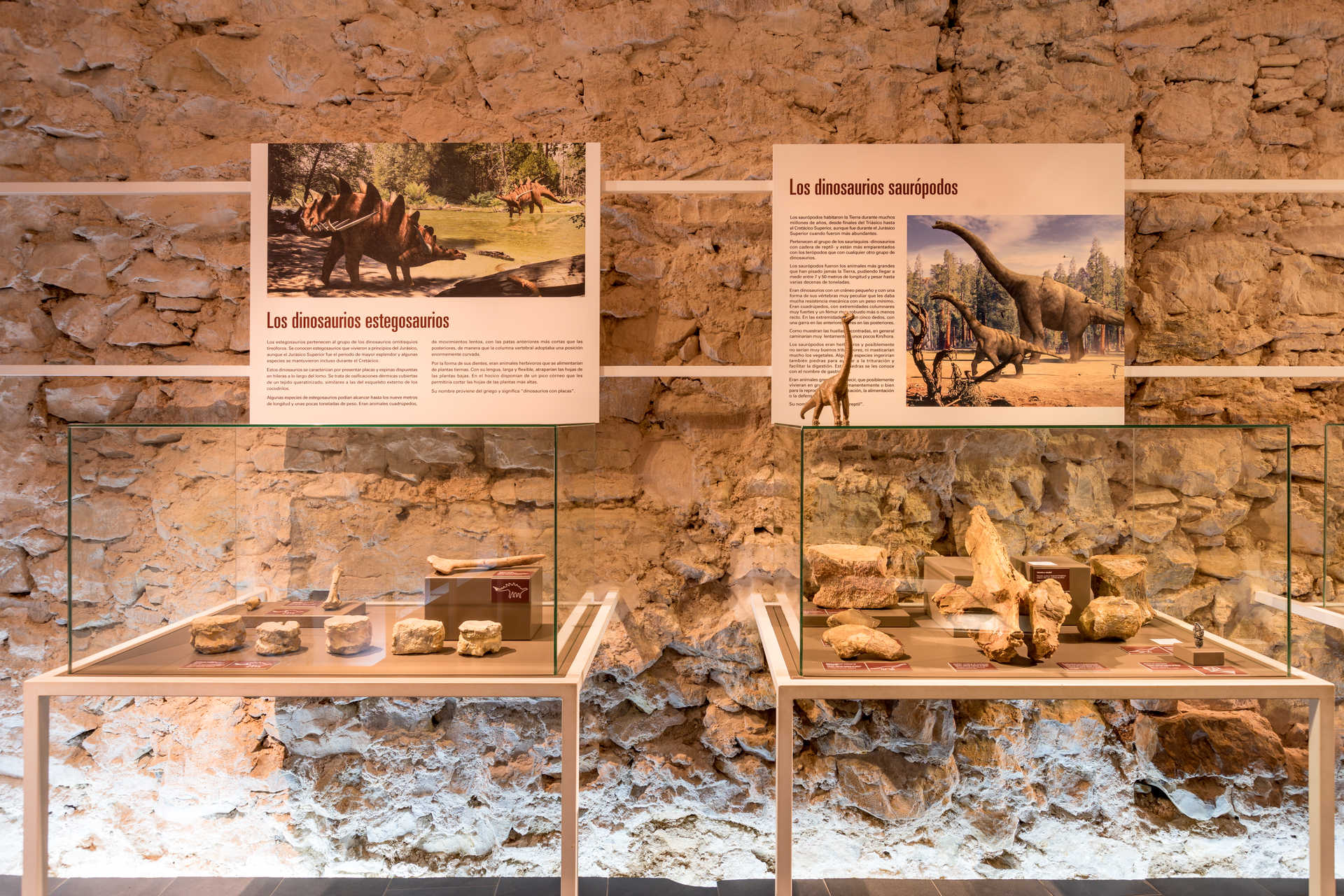
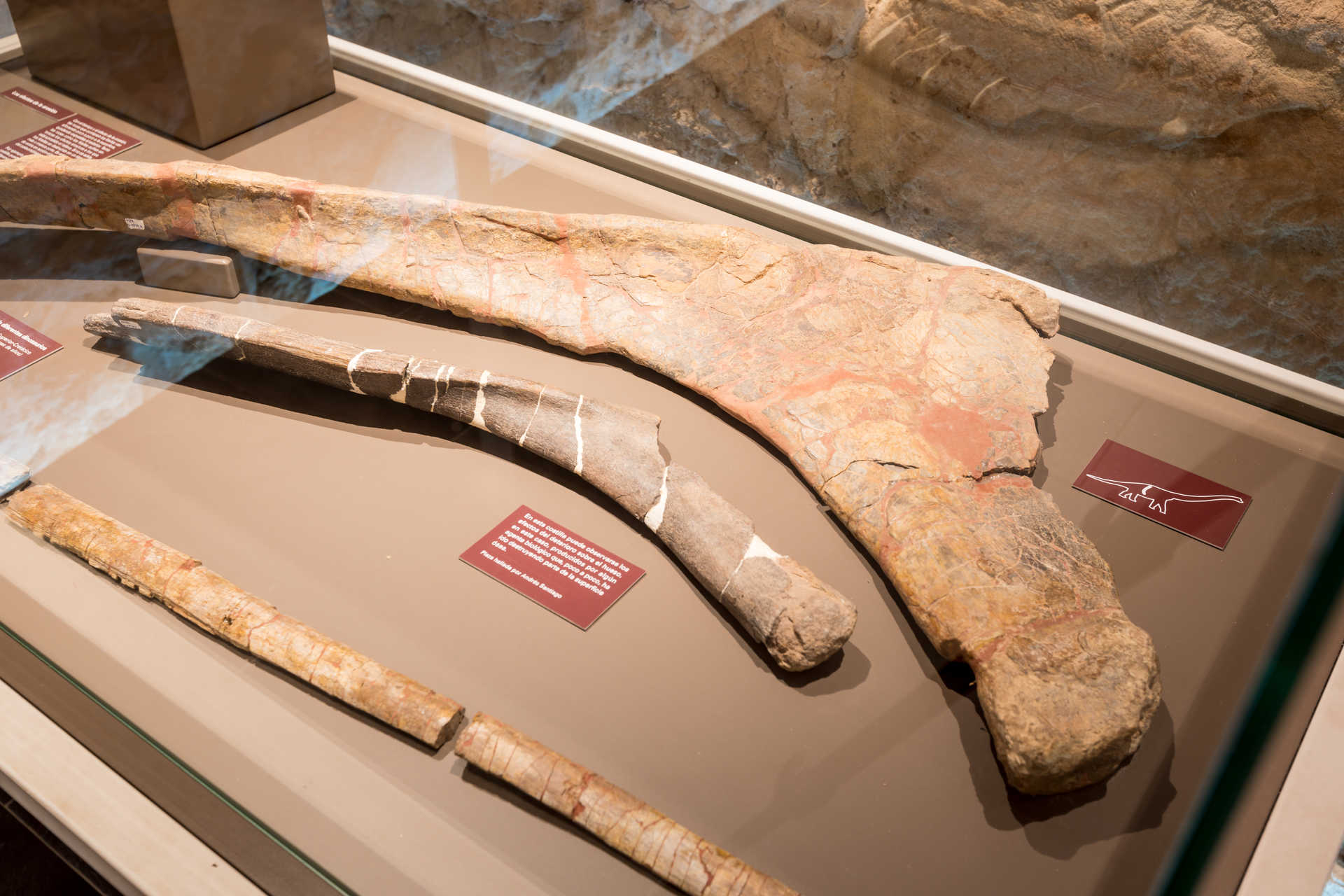
Multimedia Gallery
- San Blas, 17
- Alpuente
- 46178
- contact information
- 962 101 228
- 962 101 001
- 650 845 424
- mupalpuente@gmail.com
- alpuente@touristinfo.net
- Access the web
The Museo Paleontológico Santa Bárbara MUPAL, Santa Bárbara Paleontological Museum (MUPAL) in Alpuente, Valencia, is a fascinating place where you can travel back in time. This paleontological museum in Alpuente has been designed for you to enjoy and learn while having an amazing time!
The exhibits' clear, entertaining explanations help you discover how paleontologists work and what secrets are to be found in the fossils from this area. During your guided tour of this dinosaur museum in Alpuente, you will see the bones of these legendary animals up close. They have all been recovered from local excavations. This is a unique way to learn more about paleontology in Alpuente and throughout the Serranía region. You simply must come and visit!












